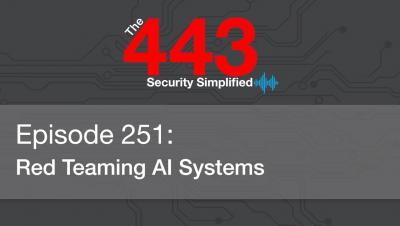The Beauty of a Red Team Exercise: When One Discovery Leads to Potentially Saving Lives
What started out as a standard Red Team test designed to check the security capabilities of several Australian hospitals, led to a chain of events that eventually uncovered serious security flaws in remote-capable insulin pumps that, if abused could have had disastrous consequences. The hospitals, all of which are part of a connected healthcare system, had contracted with Trustwave to conduct the Red Team tests against several of their facilities.











